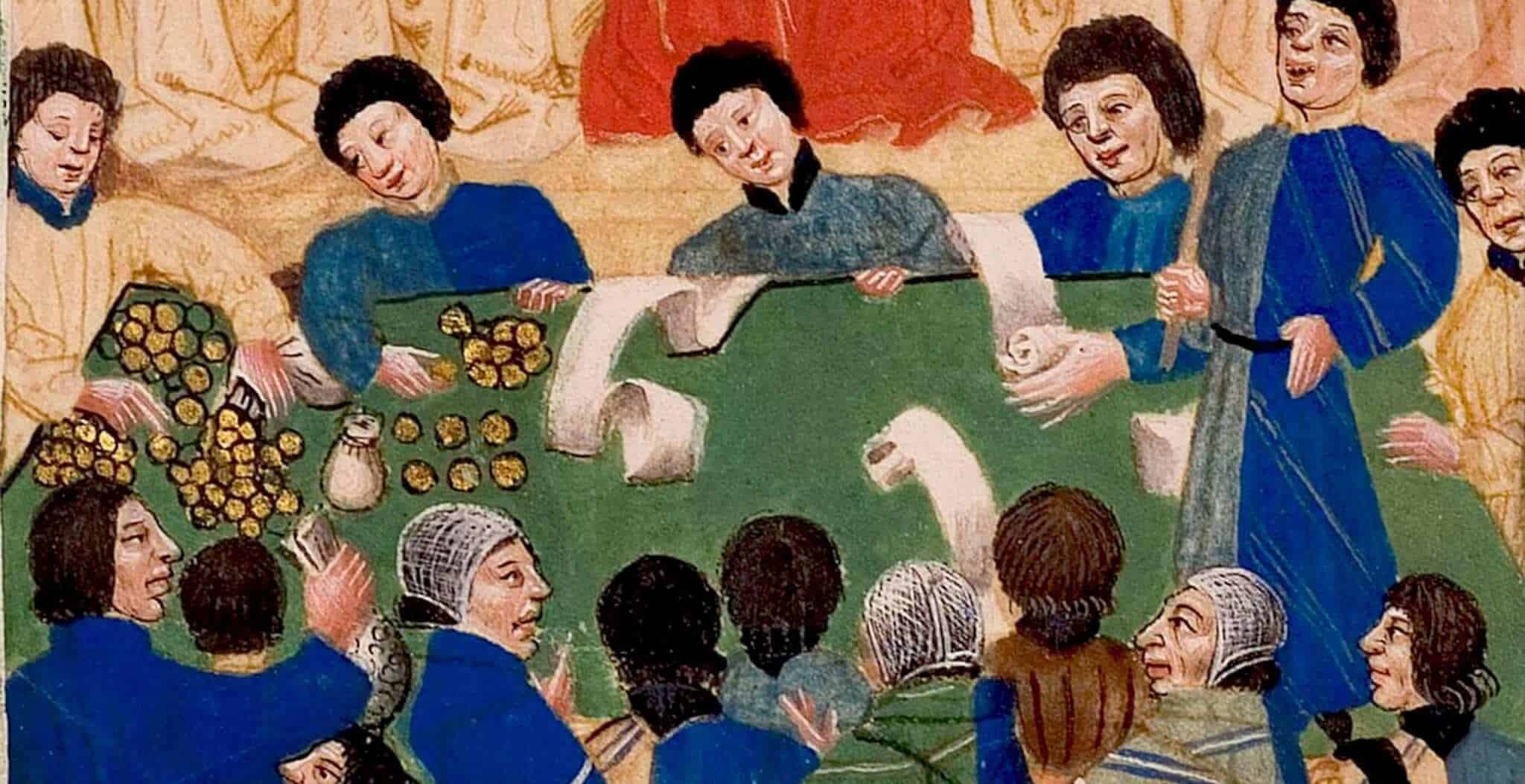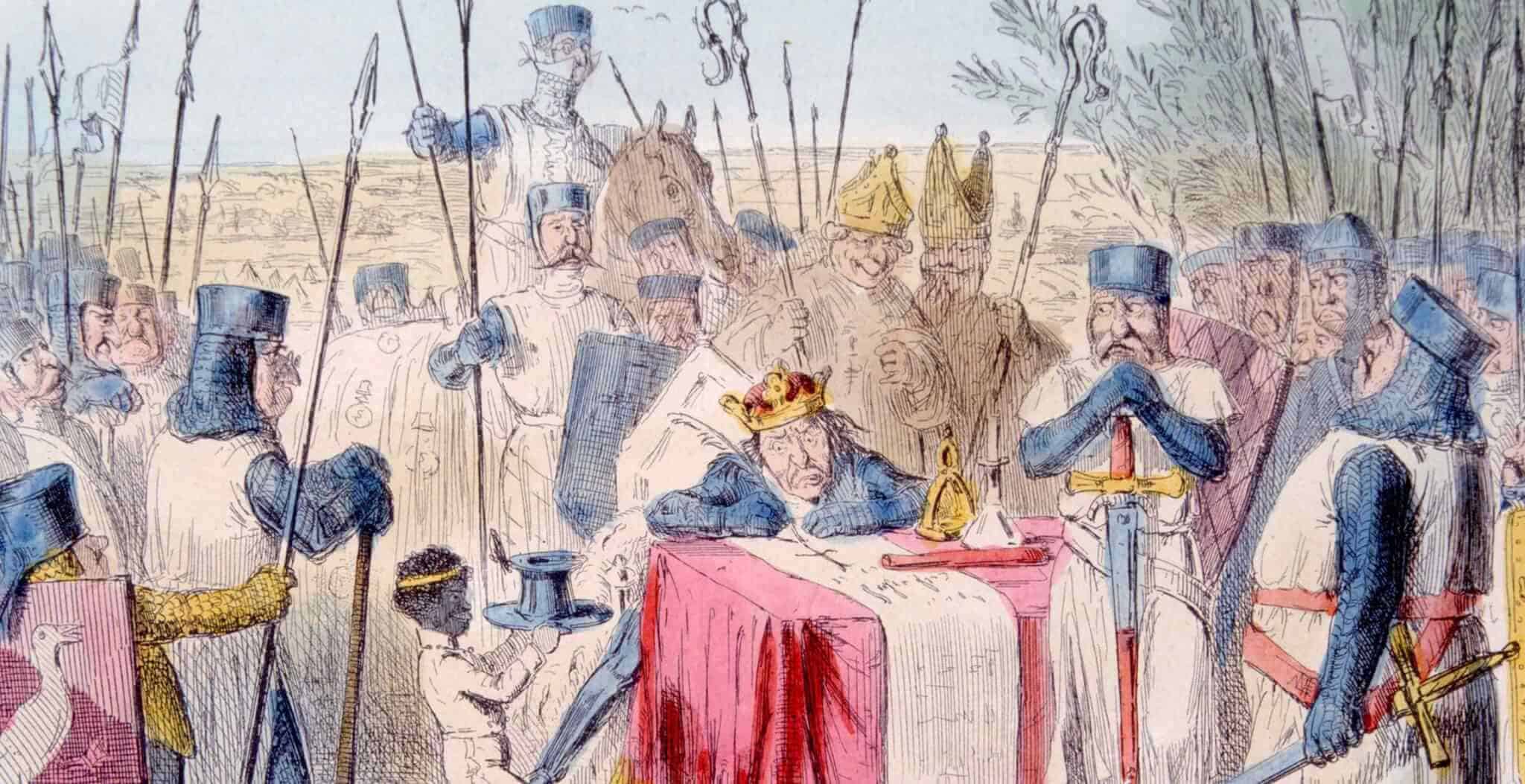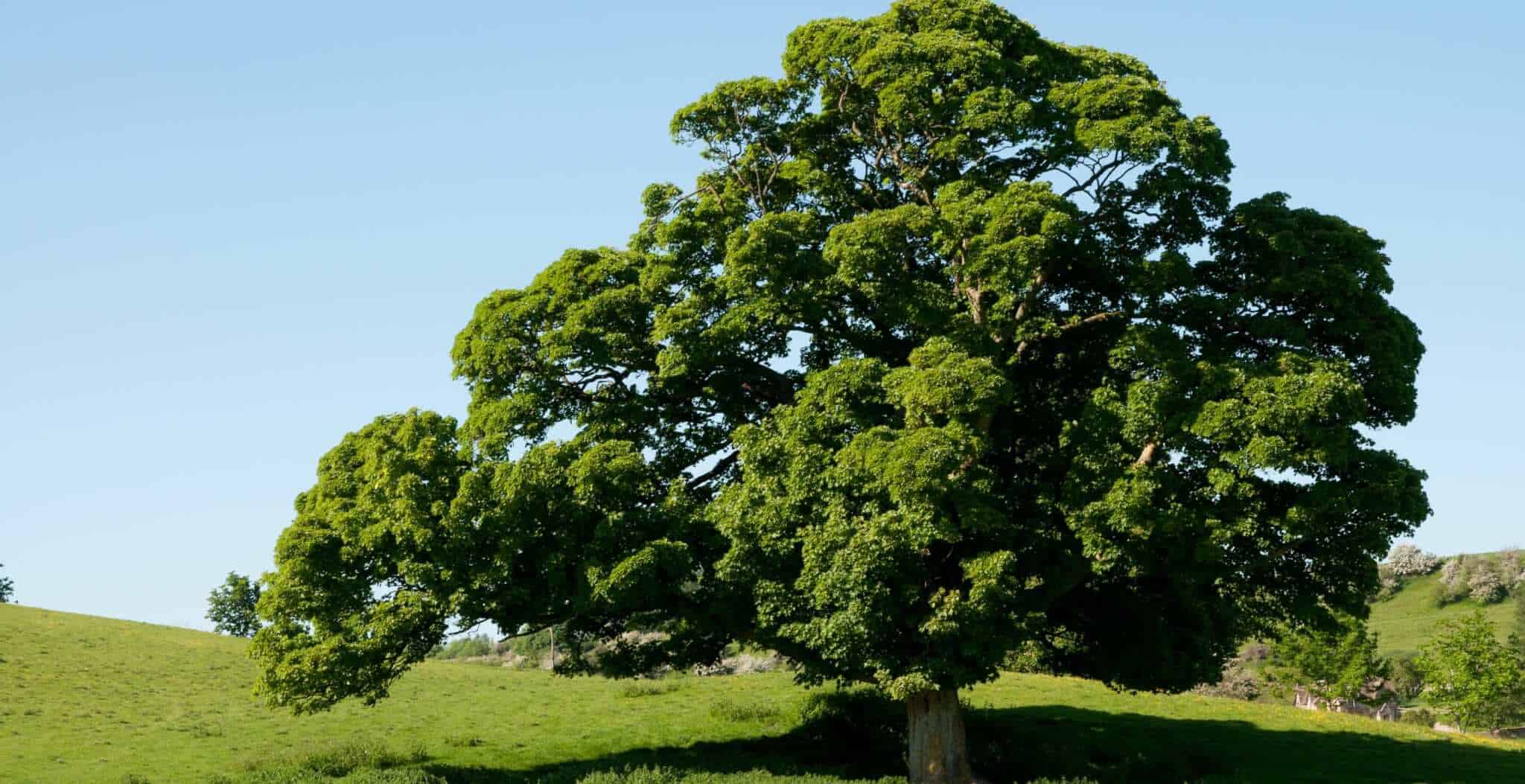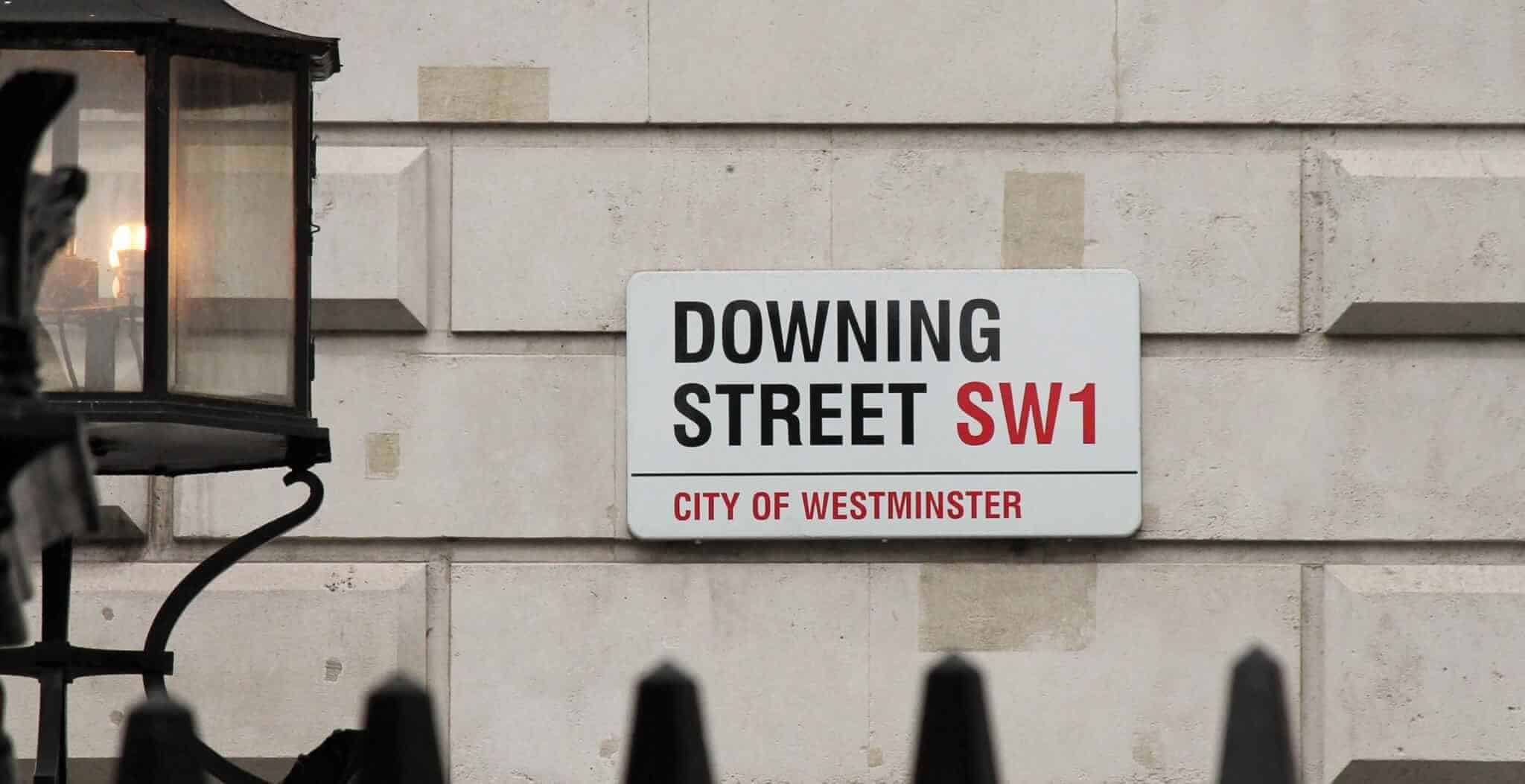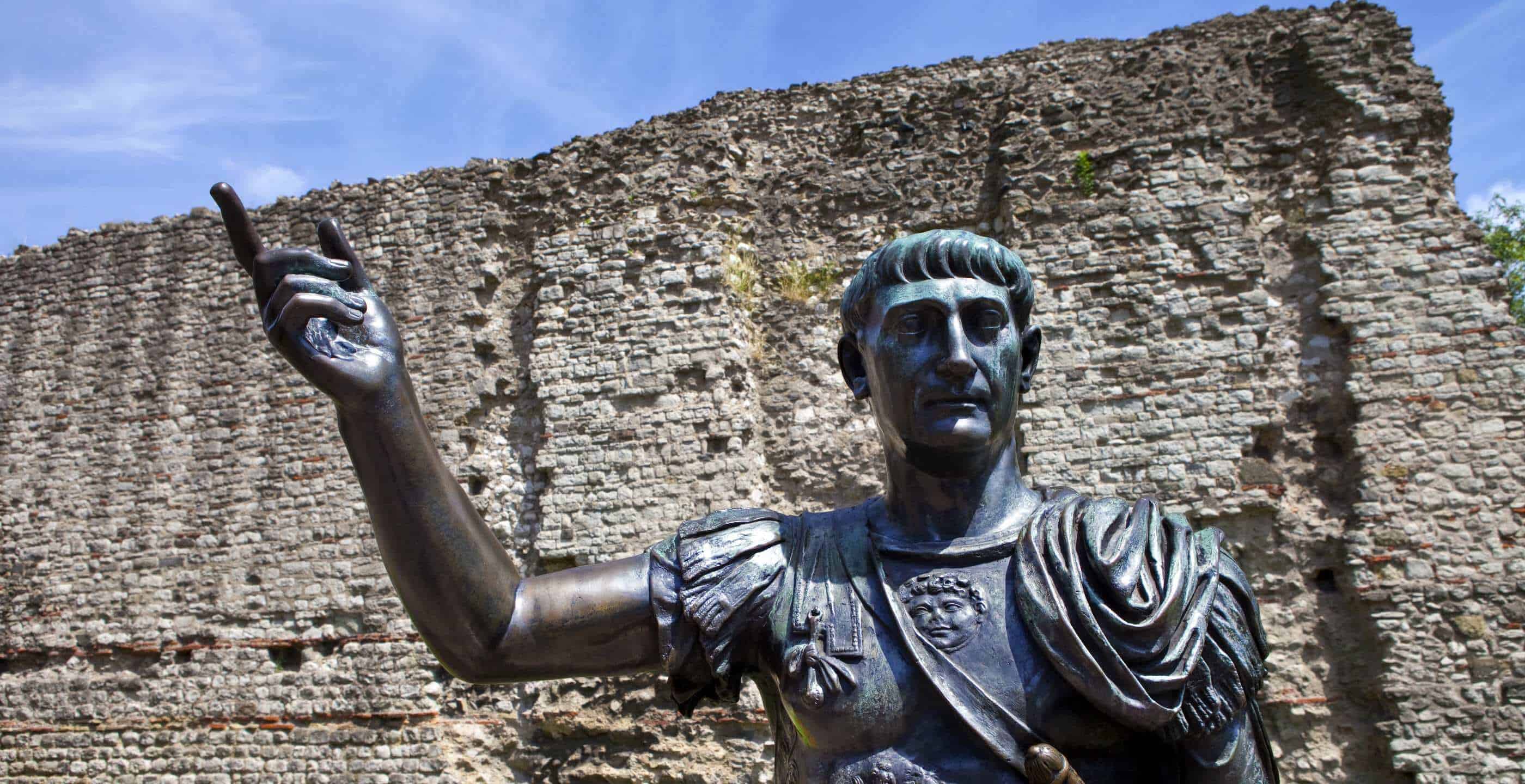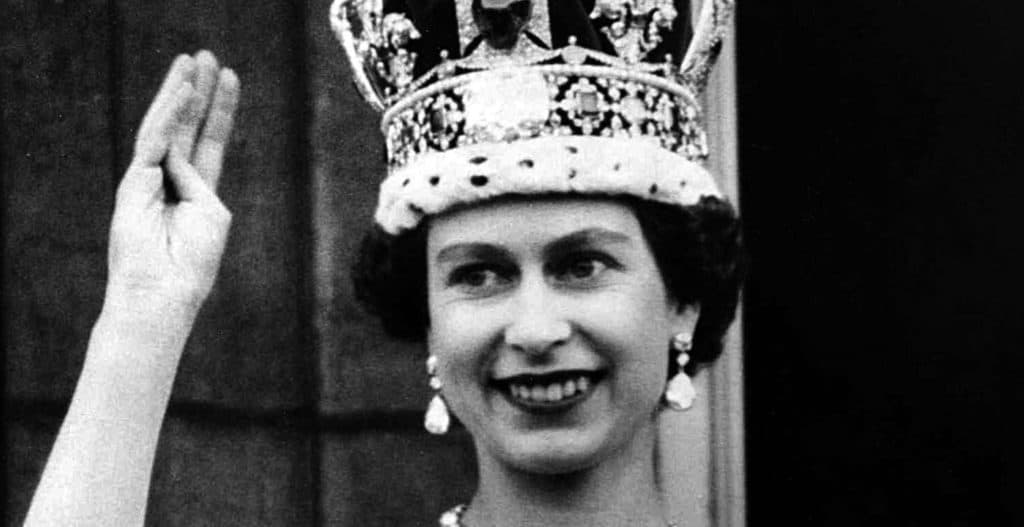A rather unusual and decidedly British ceremony takes place each year in late October. The City of London pays rent to the Crown for two pieces of land, even though it no longer knows their exact locations! For the first piece of land, somewhere in Shropshire, the City pays two knives, one blunt and one sharp. For the second piece of land, 6 giant horseshoes and 61 nails are handed over.
The Ceremony of Quit Rents is the oldest legal ceremony in England, apart from the Coronation, and usually takes place between St Michael’s Day (October 11) and St Martin’s (November 11) every year in the Royal Courts of Justice on the Strand in London.

The ceremony dates back to 1211 and involves the payment of rents to the Queen’s Remembrancer, the oldest judicial position in England, created in 1164 by Henry II to keep track of all that was owed to the crown.
The Remembrancer wears his or her judicial wig under a black tricorn hat, the mark of a judge of the Court of Exchequer. He or she sits at a table covered in a chequered cloth, from which the Court of Exchequer gets its name. In medieval times, the squares on the cloth were used, along with counters, to keep a tally of rents due and rents paid.

The ceremony is so old that the actual locations of the two pieces of land are no longer known – but no matter, the City of London has been paying rent on them for hundreds of years and will continue to do so!
The amount of rent has not changed over the centuries. The first quit rent due is for land known as ‘The Moors’, somewhere to the south of Bridgnorth in Shropshire. The earliest record of this dates back to 1211, four years before Magna Carta, when the tenant at the time, one Nicholas de Morrs occupied some 180 acres of land for which he paid rent of two knives, one blunt and one sharp.
Over the centuries, the rights of tenancy passed to the City of London. And so traditionally each year the City hands over a blunt billhook (a type of agricultural knife) and a sharp axe to the Remembrancer.
During the ceremony the Remembrancer must test the knives. The billhook is tested on a hazel twig acting as a tally: it should make a mark representing payment. The sharp axe then splits the tally in two, one for each party as a receipt. Traditionally, the Remembrancer then remarks “Good service”.
The second quit rent is for the use of the forge in Tweezer’s (or Twizzer’s) Alley, somewhere near The Strand. It is believed that the first tenant, Walter Le Brun, was a blacksmith who had set up his business near the tilting ground of the Knights Templar sometime around 1235. Again the tenancy was taken over by the City of London sometime during the intervening centuries.

The rent for this land is sixty-one nails and six horse-shoes. These giant horseshoes are said to date back to 1361 and are probably the oldest horseshoes still in existence. They were designed for use in battle or during tournaments where the horses would be trained to lash out with their hooves using the shoes as a weapon to injure their opponents’ horses. (Incidentally, the same shoes and nails are used each year. After ‘payment’ is received, the shoes and nails are then loaned back to the City of London for the next year!)
When presented with the horseshoes and nails, the Remembrancer says, “Good number” and the ceremony is over.
The Ceremony of Quit Rents is open to the public and includes an address by The Queen’s Remembrancer in his ceremonial robes, full-bottomed wig and tricorn hat. There is also usually a talk on some aspect of London history.
The Queen’s Remembrancer also has another very ancient legal duty; the Trial of the Pyx which dates as far back as 1249. Until the 19th century this duty was undertaken at the Court of Exchequer but is now held at Goldsmiths’ Hall in the City of London.
The Trial of Pyx is a rather interesting one. Every day the Royal Mint collect samples of the coins they produce: this amounts to around 88,000 coins a year. These coins are then placed in boxes (or pyxes) and every February they are brought to Goldsmiths Hall. The Queen’s Remembrancer swears in a jury of 26 goldsmiths whose job it is to count, measure, weigh and assay the coins. In April or May he or she returns to hear the jurors’ verdict.
Another of the Remembrancer’s duties is to oversee the planting of trees in the Forest of Dean. This task dates from 1668 when his task was to ensure an adequate supply of oak for the Navy, the ‘wooden walls of Old England’!
Update: We have been contacted by one of our readers who advises that the most likely location of the Quit Rents land in Shropshire is at Moor House, just South of Hampton Loade, on East side of river Severn. If you have any further details please let us know!
Published: 4th October 2016.
